Welcome to the Future – shanghai
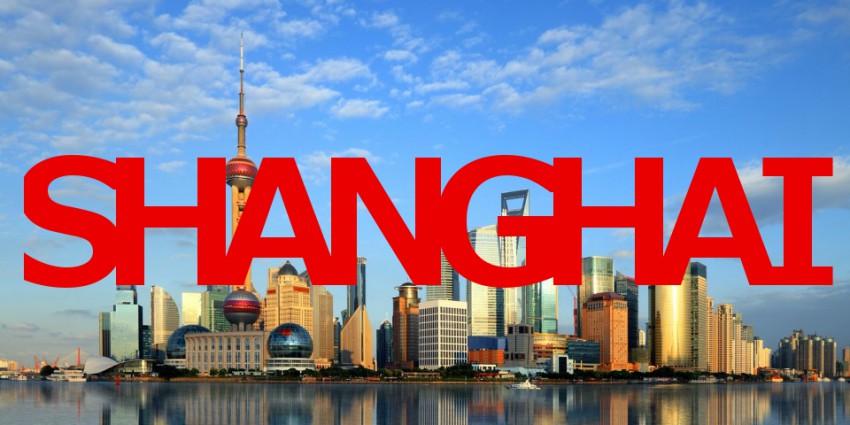
Shanghai was not in my plans for this trip, I only had plans to visit Vietnam, Laos and Cambodia. However the tickets to Shanghai was so cheap comparing to Vietnam that It worth it to land there and then fly to Vietnam. It was what I did. I booked my plain tickets 3 months before, Emirates always have great prices to Asia, tickets to Shanghai or Hong Kong were 550€. But it doesn’t make sense to go east and then go back to Shanghai to fly to Portugal, so I booked my return flight from Bangkok. You can book your flight like this in Emirates Website using the “multiple destinations” option.
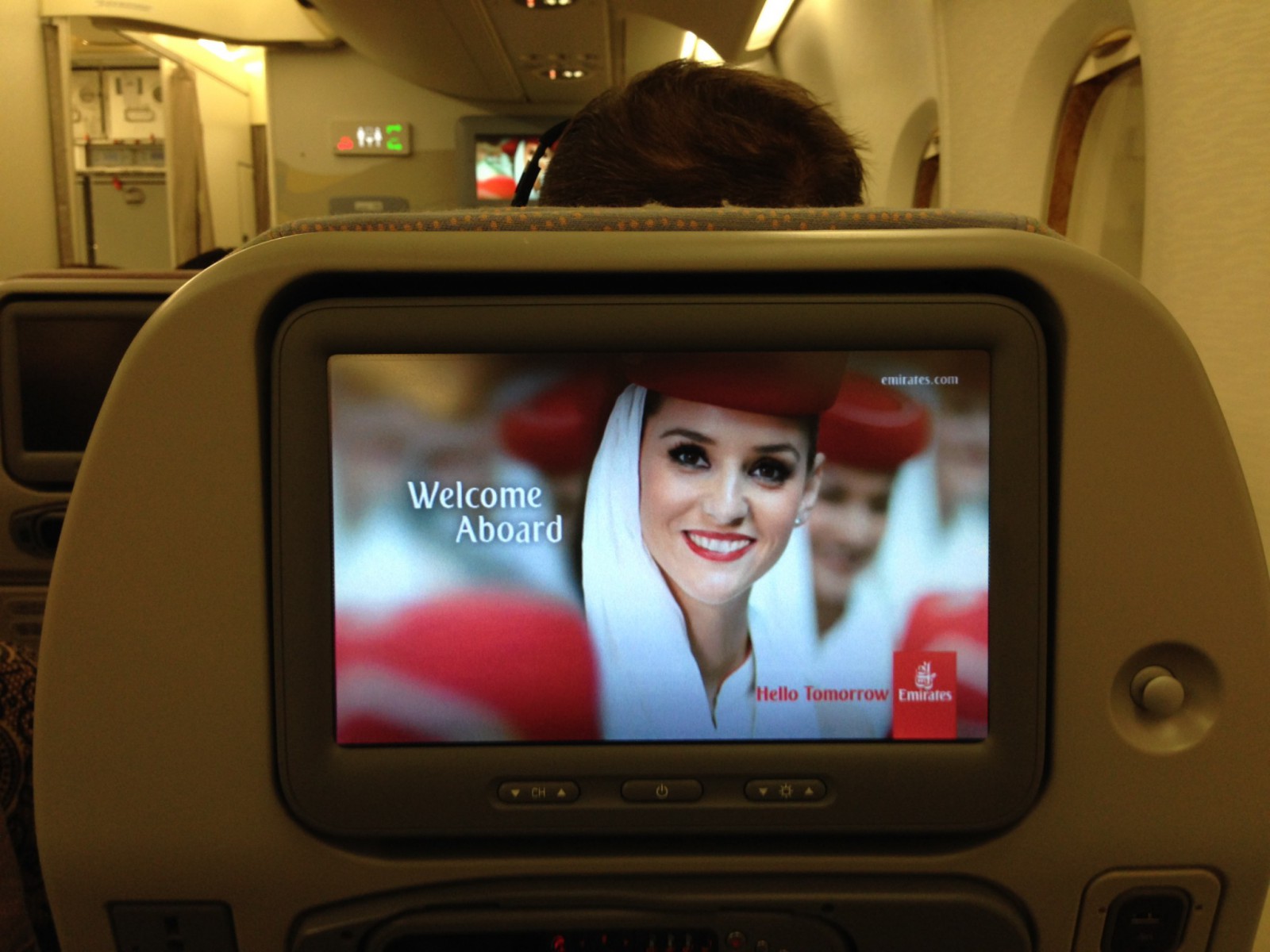
To visit China you need a Visa, here are the details you need to know.
The flight was in total 17 hours, with a stop over of 2 hours in Dubai, perfect to shop some duty free in the biggest airport in the world. I don’t have much to say about Emirates, I love the quality of their service and is by far my favorite Airline company. I was lucky enough to met my friend Mafalda onboard, she is working has a flight attendant and the champagne and the conversation made the trip much more short and pleasant.
After 19 hours I arrive in Shanghai Pudong International Airport. Upon arrival, I realize how hard is to communicate. Most of people don´t speak English, and if you need an information, you’ll probably have to ask five persons before you get it.
I knew that the best way to get in the city center was to take the world’s fastest commercial train, the Maglev. I was super excited about this, since I was a child, my favorite toys was airplanes and high speed trains… and this would be my first! The top operational commercial speed of this train is 431 km/h (268 mph) and it reach the city in 8 minutes, it’s crazy, and I love it! The train stoped at Longyang Road in Pudong, you need to switch to a ride on the world’s longest metro system. It will take around another 20 min by subway to the city centre. To see the prices and speed train hours of Maglev click here.
The subway system is big (as everything in Shanghai) but is quite simple to understand. It’s cheap, one way cost around 0,60€ and in my opinion is the best way to see the city. Buy the ticket, get inside, follow the floor signs and try not to get lost in the crowds, huge crowds. Also, try to ask what is the best exit if you don’t want to walk a lot. Visit their Website to see fares and the map.
It was quite simple to find my first hotel, I stayed in Rhea Boutique Hotel-Railway Station, 3 stations from the city center, it is a good hotel, affordable, confortable, clean and “near” everything, perfect for my stay in the city. However you have plenty of offers in the city. Shanghai has more then 3500 hotels and with very attractive prices comparing to other big cities like Hong Kong or New York. Let me give you some suggestions depending on your wallet.
Luxury: Hotel Indigo Shanghai on the Bund *****
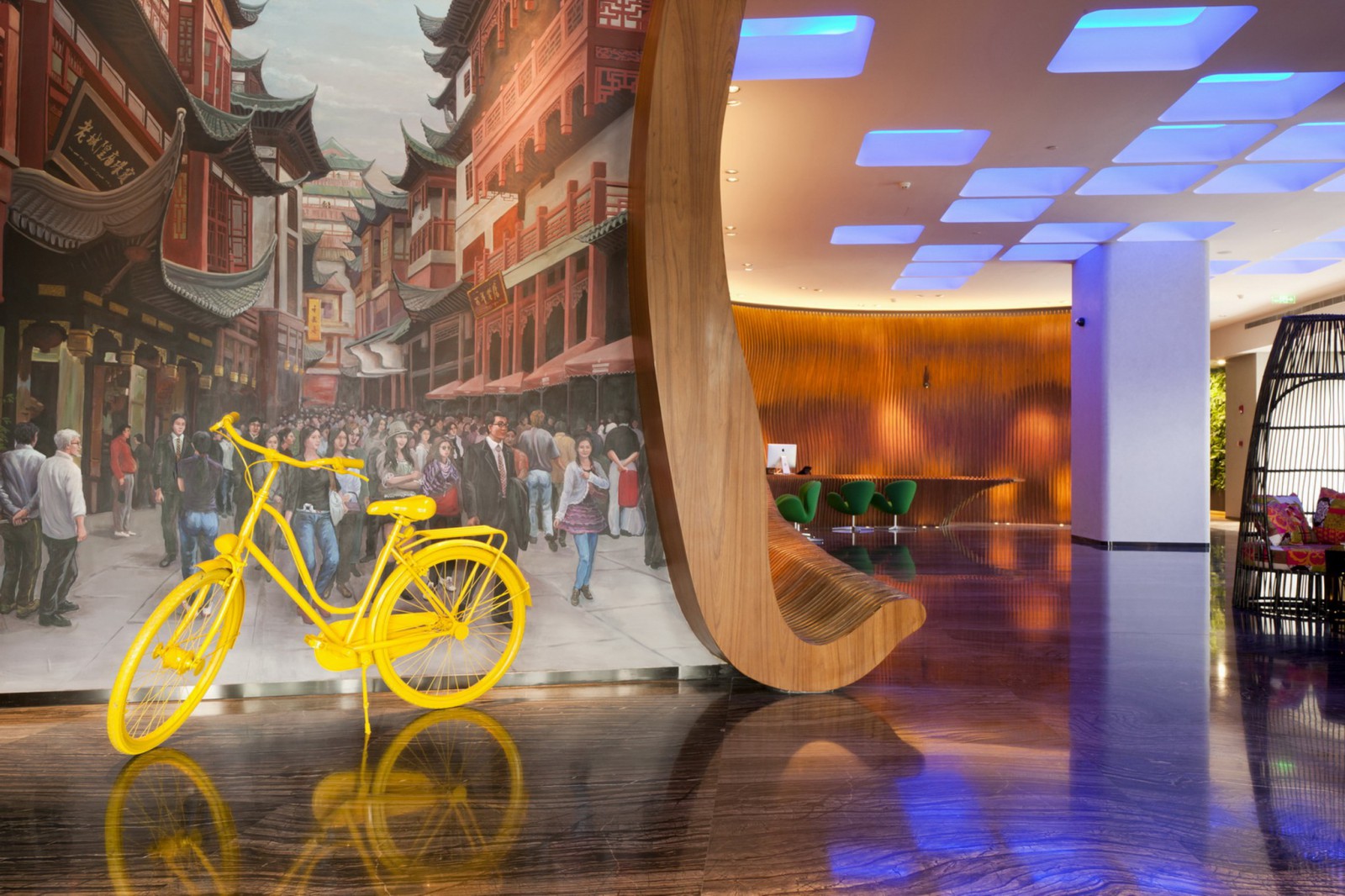
Located directly on the Huangpu River front, the hotel features spectacular, I mean, probably the best views of both the historic Bund and dramatic Pudong skylines. These views, along with scenes from the local South Bund neighbourhood, have enabled Hotel Indigo to create a vibrant, contemporary and inspiring space in an upscale boutique hotel context. Read my full review, see photos, video and get details about the hotel here.
Mid-Range: Rhea Boutique Hotel – Railway Station ****
The hotel is perfect if you like comfort and don´t want to spend a lot of money. You have all the necessary amenities and free Wi-Fi in every floor. The breakfast was not included in the price, but it looks reasonable from outside. Read my full review, see photos and get details of the hotel here.
Budget: Jinjiang Inn Hotel ***
This no-frills hotel chain provides all the basics for a short stay for the price of a few drinks in a ritzy bar. The Location is superb for the price. The 159-room inn is within walking distance of many tourist attractions, such as Old Town, People’s Square, Huaihai Zhong Lu and Xintiandi. See more details of the hotel here.
After leaving my bags at the hotel, we went to Taikang Lu Market in search of shopping and food! 😀 Taikang Lu Market or Tianzifang area has become a major tourist attraction and has more than 200 diverse small businesses such as cafes, bars, restaurants, art galleries, craft stores, design houses and studios, clothes stores and even French bistros. It’s the perfect place if you want to buy almost unique artist pieces, and eat some amazing local dishes. It is adjacent to the SML center which is among the largest shopping malls in Shanghai upon completion.
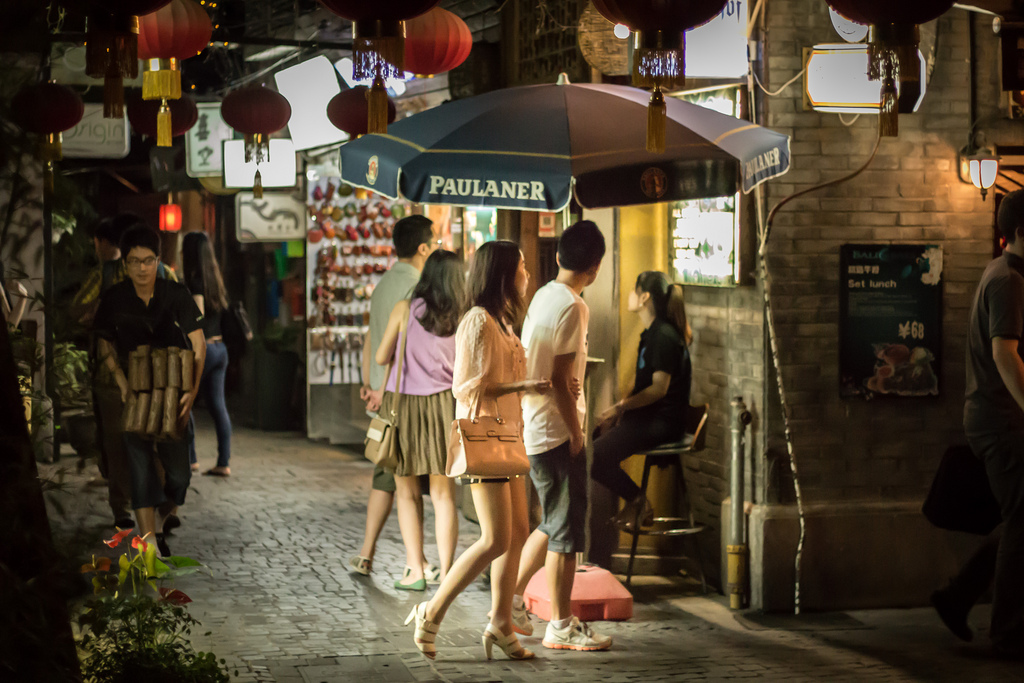
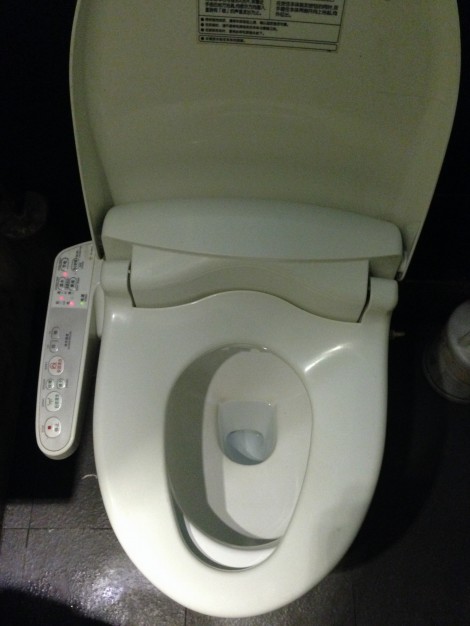
Despite all the businesses selling trendy foreign goods, the area does not have the look of having been overly beautified – electricity cables are still strung overhead, and air conditioning units are obvious on the outside of the buildings, but i kind like it. We went to a sushi restaurant, EN Bar & Grill, it was not the cheapest option but it was one of the best dinner i had. The food was incredible so i truly recommend you to go there if visiting the Market. Just be careful using their automatic Toilet if you don’t want to shower like i did, ahah, huge mistake, i left the restaurant completely wet. Subway Station: Line 9, Dapuqiao Station. Market Website.
On the second day we went to Anren Jie area (Subway; Line 10, Yuyuan Station, leave from Exit 1. ). The City God Temple, or Cheng Huang Miao, is a 600-year-old Daoist temple in the heart of Shanghai’s Old Town. It houses the Cheng Huang God, the deity that protects local people. Endless stalls sell everything Chinese, from chopstick gift sets to Peking/Sichuan opera mask bottle openers. It’s also the headquarters for Shanghainese snacks, from stinky tofu to five-flavor bean. It’s a very busy place and it gave the sense that i finally was in China. You can eat in numerous buffet restaurants, i paid like 6€ for the lunch, and it was good enough. After a walk in the streets we went to Yuyuan Garden.
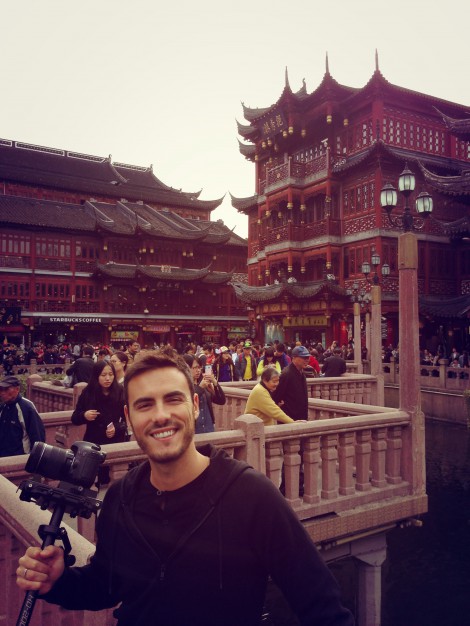
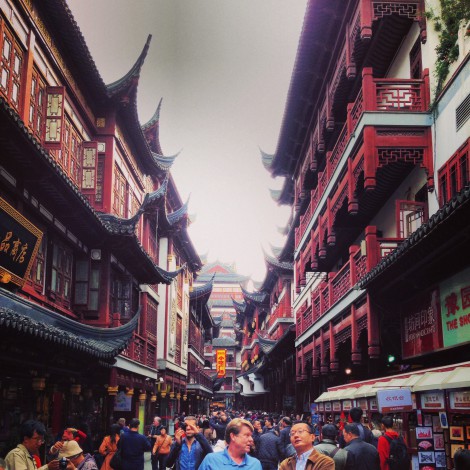
Yuyuan Garden is a famous classical garden located in Anren Jie, Shanghai. It was finished in 1577 by a government officer of the Ming Dynasty (1368-1644) named Pan Yunduan. Yu in Chinese means pleasing and satisfying, and this garden was specially built for Pan’s parents as a place for them to enjoy a tranquil and happy time in their old age.
In the 400 years of existence, Yuyuan Garden had undergone many changes. The garden you see today is the result of a five year restoration project which began in 1956. It was open to the public in September, 1961. Yuyuan Garden occupies an area of 20,000 square meters. However, the small size is not a representative of the attractions of the garden. The pavilions, halls, rockeries, ponds and cloisters all have unique characteristics. There are six main scenic areas here: Sansui Hall, Wanhua Chamber, Dianchun Hall, Huijing Hall, Yuhua Hall and the Inner Garden. Each area features several scenic spots within its borders. It is a quiet and elegant place surrounded by old trees and beautiful flowers. Visitors will find curio shops in the Cuixiu Hall. I totally recommend visiting this garden… the online problem is the tourists, a lot of them hanging their ipads everywhere to take pictures, so what was supposed to be a relaxing place sometimes gets a bit a nervous breakdown, better go at early morning or at lunch time when everybody is in the restaurants.
Admission Fee: 3,60€ Hours: 8:30 to 17:30 Subway; Line 10, Yuyuan Station, leave from Exit 1.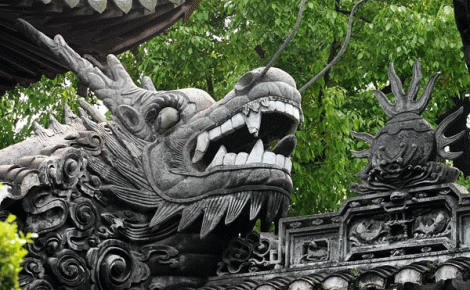
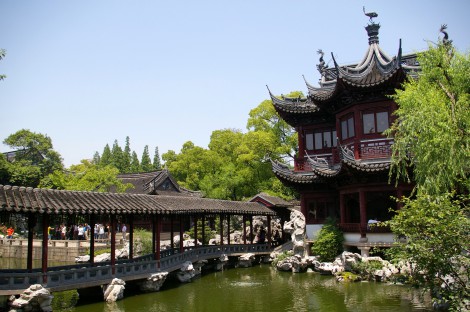
After the garden, we went to the world’s tallest observation deck. The Shanghai World Financial Center is a supertall skyscraper located in the Pudong district of Shanghai, China. the skyscraper was topped out at 492.0 meters (1,614.2 ft), making it, at the time, the second-tallest building in the world and the tallest structure in Mainland China. It also had the highest occupied floor and the highest height to roof, two categories used to determine the title of “world’s tallest building”. This observation deck, the world’s tallest at the time of its completion, offers views from 474 m (1,555 ft) above ground level. The price is 12€. The elevator reach the 101 floor in few seconds, the views are superb. For Those who suffer from vertigo it will be an adventure, but i really really think you should go.
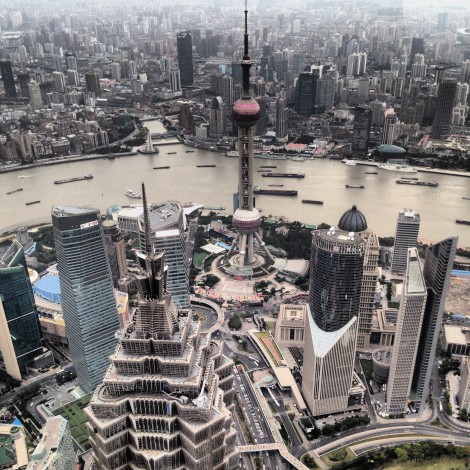
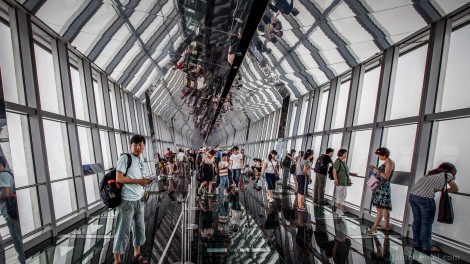
After the sunset we headed to Indigo Shanghai on The Bund Hotel to have dinner at their Restaurant CHAR. By the way, you always should have the address you want to go written in Chinese, most, not to say, all the taxi drivers don’t understand english and its a pain in the ass, but also fun, try to explain them where you want to go. After some extra minutes we arrived at CHAR. CHAR is latest addition to the bustling South Bund. The contemporary grill and bar delivers a fine but refreshingly informal dining experience, the focus is on quality products, simple, bold flavours and playful presentation. The only restaurant in Shanghai to serve the award-winning Blackmore’s Wagyu beef from Australia, premium quality beef is the speciality, but seafood lovers will not be disappointed and the imaginative side dishes could be a sumptuous meal in themselves. I tried everything and wow! It was a Bang of flavors in my mouth. Click here to read my full experience.
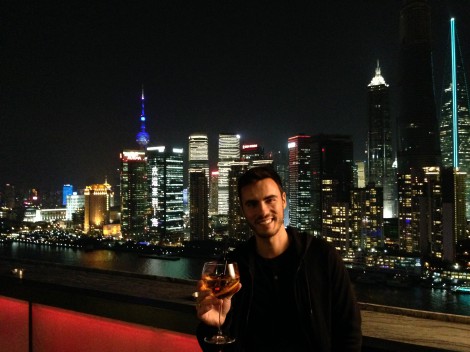
We left our last day (hours) to just hang out in the streets and shop some souvenirs, after all Christmas is here 🙂 We went to peoples square. The People’s Square, a large public square in the Huangpu District. It is south of Nanjing Road (West) and north of Huaihai Road (East). People’s Square may be reached by taking Shanghai Metro Line 1, Line 2 or Line 8 to People’s Square station. Nanjing Road is the main shopping street of Shanghai, and one of the world’s busiest shopping streets. We went all way down till we tech the Bund. The 1,100-meter waterfront known as the Bund forms Shanghai’s backbone. British and French colonized the strip in the mid-19th century to develop international trading — the Bund became one of the most prosperous ports in Asia in the early-20th century. Nowadays the buildings, mostly built between 1901 and 1930 in various styles, house high-end boutiques, restaurants and bars.
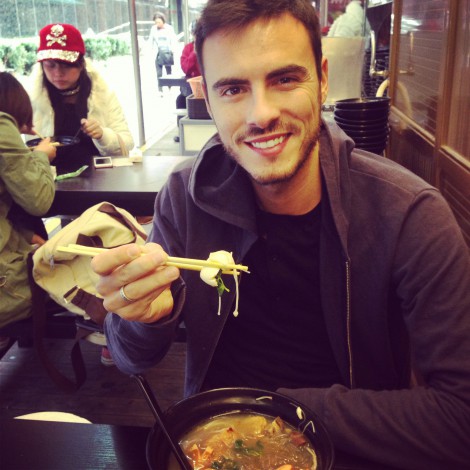
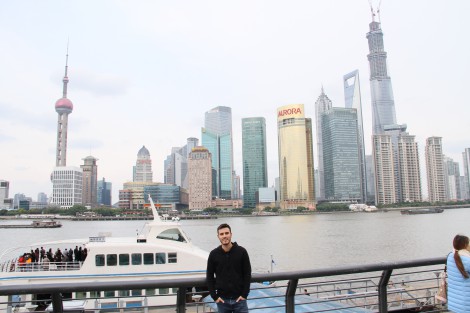
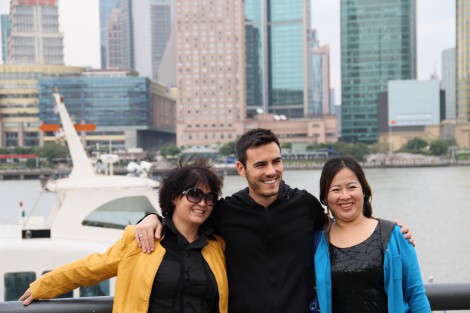
This was the resume of my first and fast visit of Shanghai. Hope the future takes me there again with more time to see the rest of the city.
Other top things that Times Magazine recommends you to do while visiting Shanghai.
1. Fuxing Park
Unlike many Chinese cities that appear to have forgotten that people occasionally like to perambulate, Shanghai is made for walking. Start your own walk in Fuxing Park smack-dab in the colonial-era French Concession, with its shady sycamore trees and stuccoed villas. In the park, you’ll find grannies in pajamas belting out Chinese opera, and Mao-suited men taking their caged birds for a stroll. Around the corner at 7 Xiangshan Road is the former residence of Sun Yat-sen, modern China’s founding father. His house, which contains period furniture and books, reminds you of what Shanghai felt like during its first heyday. Afterward, wander the nearby lanes — past elegant mansions now subdivided into several families’ homes, complete with outdoor wok stations and billows of hanging laundry — to get a sense of street-level Shanghai today. Address: 105 Fuxing Zhong Road, Shanghai, China; 86-(0)21-6372-6083
2.Shanghai Museum
Given its much-vaunted 5,000 years of history, China’s museums are, in general, a sorry lot. Exhibits are badly lighted, the English information often a jumble of incomprehensible nouns. (In truth, some of China’s finest artwork was carted off by the departing Nationalists in 1949, when they quit the mainland for Taiwan. But that still doesn’t excuse the pathetic state in which most of the country’s national treasures are displayed.) The Shanghai Museum, located on People’s Square, is a welcome antidote to all that’s dark and dingy. You don’t — and shouldn’t — try to digest it all in one go. My suggestion: Pick one section, whether it’s calligraphy or jades or ceramics, and dig in. Personally, I find the bronzes strangely fascinating; in fact, the shape of the museum itself mimics that of an ancient bronze cauldron. Address: 201 Renmin Avenue, Shanghai, China 200003; 86-(0)21-6372-3500
3. Din Tai Fung
The soup dumpling, or xiaolong bao, is to Shanghai what the chicken wing is to Buffalo. A delicate dumpling skin is wrapped around a juicy pork filling (or, in luxe versions, crab), and like magic, the dumpling also contains a shot of tasty broth. But be warned: All those famous local places listed in guidebooks promising to delight you with an authentic recipe? They’re underwhelming. The sad fact is that the very best xiaolong baoin Shanghai are to be found in a sterile mall built by a Hong Kong developer. It gets worse. These dumplings come courtesy of a Taiwanese restaurant chain called Din Tai Fung No matter. Tell your friends you partook of Shanghai’s greatest culinary joy. You don’t have to mention the whole Taiwanese-made-in-a-mall aspect of the tale. Address: Building 6, Floor 2, Shop 11a, Xintiandi South Block, Shanghai China; 86-(0)21-6385-8378
4. Dongtai Road
There’s a store on Dongtai Road, a chockablock stretch of antiques and curio shops off Xizang Road, that proudly displays a milk-bottle delivery box from the 1920s. I once tried to buy it from the couple who owns the shop. The husband laughed. The wife told me that several museum curators had already offered big money, but she wasn’t selling. Amongst all of Dongtai Road’s tourist tat — and, trust me, there is plenty of it — are treasures. Some, like the milk box, aren’t for sale. But plenty else is, including lovely art-deco pieces and lots of Cultural Revolution memorabilia. About halfway up the street is my favorite book-dealer. Collectors of tiny antique metal teapots are also in luck — there’s an entire store devoted to that esoteric object. Just east of Dongtai Road is a plant-and-animal market, where you can pick up a championship cricket for the next time you need an insect to enter in a prizefight. Doesn’t everybody?
5. 50 Moganshan Road
Chinese contemporary art now sells at international auctions for gazillions of dollars. Derivative stuff is everywhere, so it’s all the more important to head to the nerve center of Shanghai’s buzzing art scene at Moganshan Road. A collection of once-deserted warehouses near Suzhou Creek, Moganshan now houses Shanghai’s best contemporary art galleries. Best of all, several top artists, like Zhou Tiehai and Ding Yi, keep their studios here, so if you’re lucky you can wander in and see the creative process unfold in real time. One of the city’s oldest and most respected galleries is at 50 Moganshan, ShanghART, which represents the cream of the art world and is run by Swiss native Lorenz Helbling. Address: 50 Moganshan Road, Bldg. 16, Shanghai, China; 86-(0)21-6359-3923
Source: Times Magazine

Hi! My name is João Cajuda, I’m a travel blogger from Portugal and founder of this website. In this blog I share my adventures around the world and give you tips about hotels, restaurants, activities and destinations to visit. You can travel through my videos or join my group tours that I organize to selected destinations. Visit my Adventure Travel Agency LEVA-ME and join one of my journeys!


